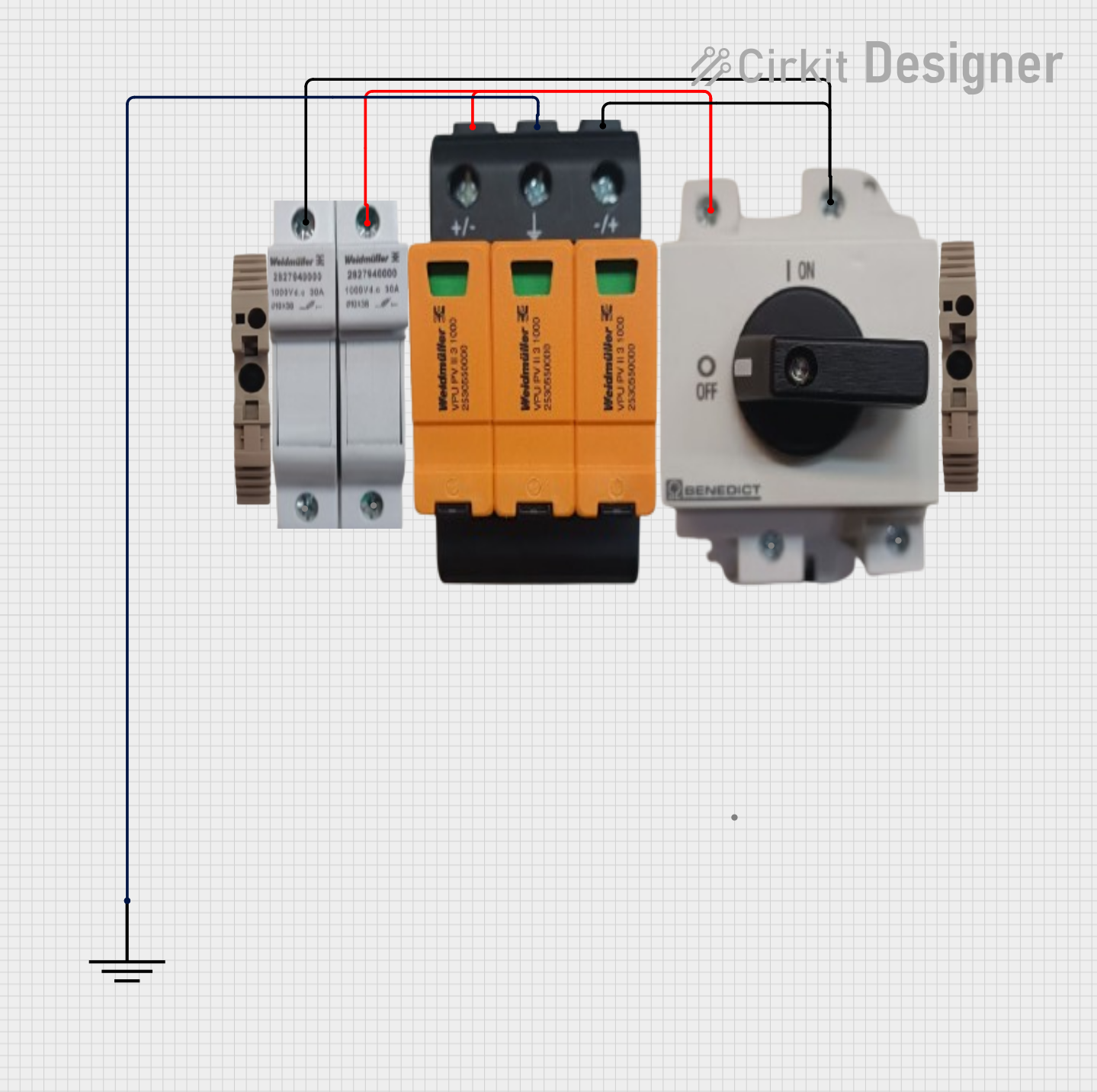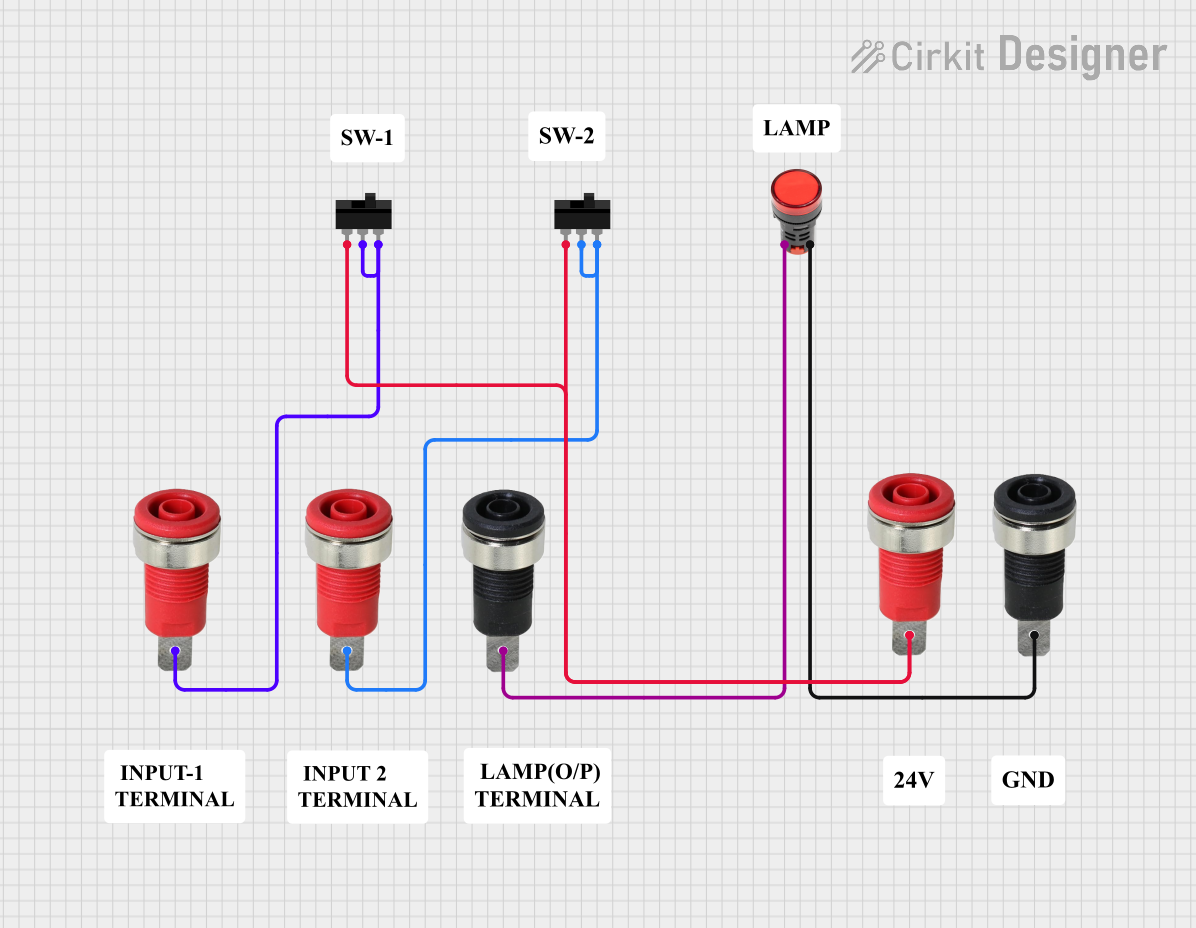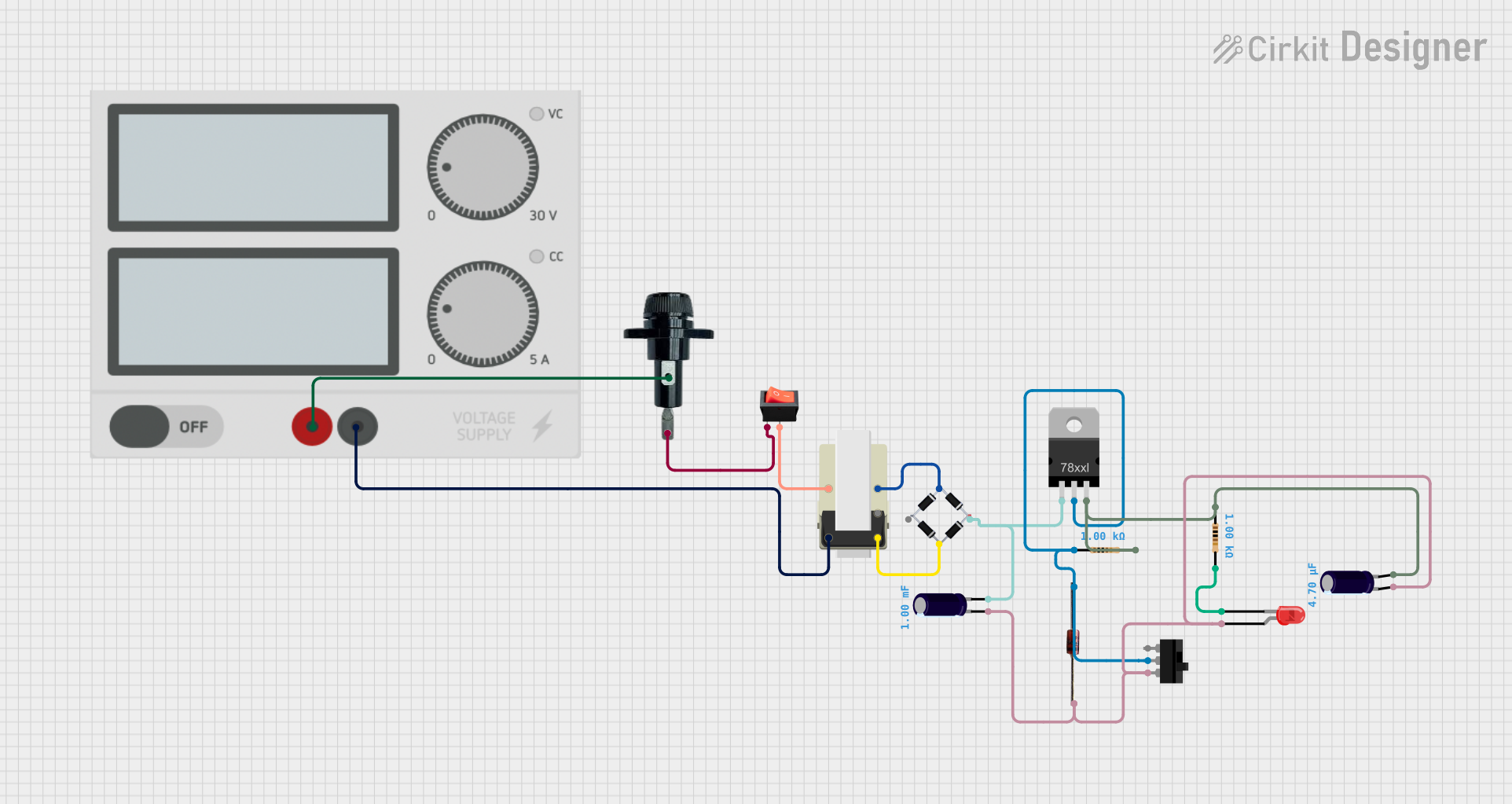
How to Use Fuse: Examples, Pinouts, and Specs

 Design with Fuse in Cirkit Designer
Design with Fuse in Cirkit DesignerIntroduction
A fuse is a safety device designed to protect electrical circuits from excessive current. It operates by breaking the circuit when the current exceeds a predefined threshold, thereby preventing damage to components and reducing the risk of fire. Fuses are widely used in various applications, including household appliances, automotive systems, industrial equipment, and electronic circuits.
Explore Projects Built with Fuse

 Open Project in Cirkit Designer
Open Project in Cirkit Designer
 Open Project in Cirkit Designer
Open Project in Cirkit Designer
 Open Project in Cirkit Designer
Open Project in Cirkit Designer
 Open Project in Cirkit Designer
Open Project in Cirkit DesignerExplore Projects Built with Fuse

 Open Project in Cirkit Designer
Open Project in Cirkit Designer
 Open Project in Cirkit Designer
Open Project in Cirkit Designer
 Open Project in Cirkit Designer
Open Project in Cirkit Designer
 Open Project in Cirkit Designer
Open Project in Cirkit DesignerCommon Applications and Use Cases
- Household Appliances: Protects devices like microwaves, refrigerators, and washing machines.
- Automotive Systems: Safeguards electrical systems in vehicles.
- Industrial Equipment: Ensures the safety of heavy machinery and control systems.
- Electronic Circuits: Prevents damage to sensitive components in circuit boards.
Technical Specifications
Key Technical Details
- Voltage Rating: Typically ranges from 12V to 600V, depending on the application.
- Current Rating: Commonly available from 0.1A to 100A or more.
- Breaking Capacity: The maximum current the fuse can safely interrupt (e.g., 10kA).
- Response Time: Can be fast-blow (quick response) or slow-blow (delayed response).
- Material: Fuse elements are often made of zinc, copper, or silver.
- Form Factor: Includes glass tube, ceramic, blade, and surface-mount types.
Pin Configuration and Descriptions
Fuses do not have traditional pins like ICs but instead have terminals or leads for connection. Below is a table describing common fuse types and their configurations:
| Fuse Type | Terminals/Leads Description | Mounting Style |
|---|---|---|
| Glass Tube Fuse | Two metal caps at each end for connection | Through-hole |
| Blade Fuse | Two flat metal prongs for insertion | Plug-in (automotive) |
| Ceramic Fuse | Two metal caps at each end for connection | Through-hole |
| Surface-Mount Fuse | Metal pads for soldering onto PCB | Surface-mount |
Usage Instructions
How to Use the Component in a Circuit
- Determine the Fuse Rating: Select a fuse with a current rating slightly higher than the normal operating current of your circuit. Ensure the voltage rating matches or exceeds the circuit voltage.
- Insert the Fuse: Place the fuse in series with the circuit's power supply line. This ensures that all current flows through the fuse.
- Secure the Fuse: For through-hole or blade fuses, use a fuse holder or clip for easy replacement. For surface-mount fuses, solder them directly onto the PCB.
- Test the Circuit: Power on the circuit and verify that the fuse operates correctly under normal conditions.
Important Considerations and Best Practices
- Avoid Overrating: Using a fuse with a current rating too high for the circuit may fail to protect it.
- Check the Breaking Capacity: Ensure the fuse can handle the maximum fault current of the circuit.
- Use Proper Holders: For replaceable fuses, use appropriate holders to ensure secure connections.
- Inspect Regularly: Periodically check fuses for signs of wear or damage.
- Replace with Identical Ratings: Always replace a blown fuse with one of the same type, voltage, and current rating.
Example: Using a Fuse with an Arduino UNO
When connecting an Arduino UNO to a power supply, you can add a fuse to protect the board from overcurrent. Below is an example circuit and code:
Circuit Setup
- Connect a 5V power supply to the Arduino UNO through a 500mA fast-blow fuse.
- Place the fuse in series with the positive power line.
Code Example
// Example code to demonstrate Arduino functionality with a fuse-protected circuit
// This code blinks an LED connected to pin 13
void setup() {
pinMode(13, OUTPUT); // Set pin 13 as an output for the LED
}
void loop() {
digitalWrite(13, HIGH); // Turn the LED on
delay(1000); // Wait for 1 second
digitalWrite(13, LOW); // Turn the LED off
delay(1000); // Wait for 1 second
}
Note: The fuse in this setup protects the Arduino from excessive current in case of a short circuit or fault.
Troubleshooting and FAQs
Common Issues Users Might Face
Fuse Blows Frequently:
- Cause: The fuse rating is too low for the circuit's normal operating current.
- Solution: Replace the fuse with one that has a slightly higher current rating.
Fuse Does Not Blow During Overcurrent:
- Cause: The fuse rating is too high or the fuse is defective.
- Solution: Verify the circuit's current requirements and replace the fuse with the correct rating.
Fuse Holder Overheats:
- Cause: Poor connection between the fuse and holder.
- Solution: Ensure the fuse is securely seated in the holder and that the holder is rated for the current.
Difficulty Identifying Fuse Ratings:
- Cause: Fuse markings are unclear or worn off.
- Solution: Use a multimeter to measure the fuse's resistance (a blown fuse will show infinite resistance) and consult the datasheet for specifications.
Solutions and Tips for Troubleshooting
- Always disconnect power before inspecting or replacing a fuse.
- Use a multimeter to check if a fuse is blown (a good fuse will show near-zero resistance).
- Keep spare fuses of the correct type and rating for quick replacements.
- If a fuse blows repeatedly, investigate the circuit for faults such as short circuits or overloaded components.
By following these guidelines, you can ensure the safe and effective use of fuses in your electrical and electronic projects.